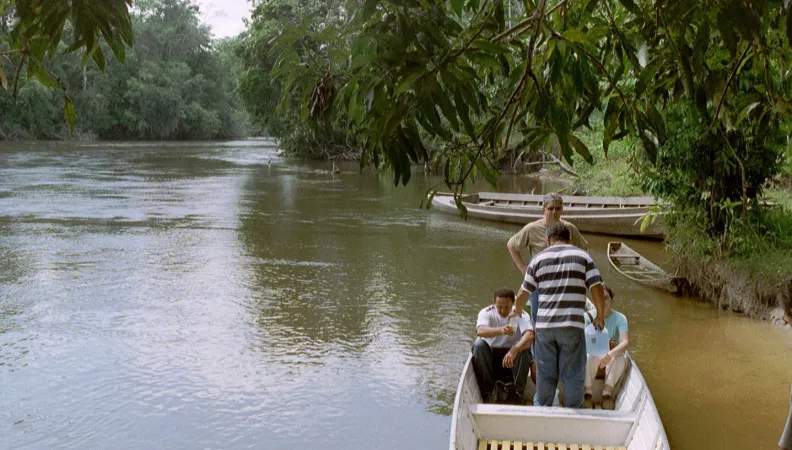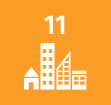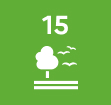Share the page
Sustainable Forest and Biodiversity Management Policy of the State of Amapá (AMAPA)
Project


-
Project start date
-
Status
Completed
-
Estimated date of project termination
-
-
Project financing date
-
-
Financing duration
-
3 years
-
Type of program
-
FFEM
-
Global financing amount
-
€ 5 457 759
-
FFEM financing amount
-
€ 1 600 000
-
Project lead member institution(s)
-
Ministry of the Ecological Transition, Biodiversity, Forests, Sea and Fisheries
-
Country and region
-
Brazil, Amazonia
-
Type of financing
-
Beneficiaries
-
Gret (Groupe de recherche et d’échange technologique)



Consolidate the State's biodiversity management and conservation policy and establish a low-impact forestry sector in Amapá.
Context
Located in the heart of the Amazon basin, the Guiana Shield holds globally recognized ecological and biological value.
It represents the largest relatively intact expanse of primary rainforest in the world and is one of the planet’s 200 “eco-regions” where more than 80% of global biodiversity is concentrated, with a high rate of endemism.
The State of Amapá has implemented a sustainable development policy for its territory, based on the responsible use of its natural resources.
As a first step, land-use zoning was carried out. In 2003, a 10-million-hectare Biodiversity Corridor was established, composed of 17 units with various protection statuses (strict protection/sustainable use) and under different management authorities (Federal/State). In 2006, the FLOTA (State Forest) was created, covering 2.3 million hectares, with the goal of developing low-impact forest exploitation.
The main challenge for the State’s forest policy lies in two key areas:
(1) making the integrated management of the Biodiversity Corridor operational, in order to allocate part of the State Forest to concessions, and
(2) ensuring proper monitoring of the forest harvesting activities being developed within it.
Description
The project provides support at three levels:
- Institutional support at the State level:
This includes the consolidation of the regulatory framework, capacity building, the development of financing mechanisms for forest management, the establishment of forest management monitoring indicators, and the strengthening of multi-stakeholder dialogue platforms. - Support for the management of Protected Areas within the Biodiversity Corridor, excluding the State Forest:
This component focuses on Conservation Units under strict protection status. - Support for the management of the State Forest:
It encompasses actions targeting potential forest concessionaires, contributions to and monitoring of the forest management plan, the implementation of a research program, and the development of a REDD pilot project.
Outcomes
- The project serves both as a vehicle for conserving rich forest heritage and as a driver of local economic development through the sustainable use of that heritage.
- It brings together a wide range of stakeholders within a single initiative — from public institutions to traditional communities, as well as forest landowners, concessionary companies, and research institutes.
Sustainable Development Goals
ODD11 Sustainable cities and communities

ODD13 Climate action

ODD15 Life on land



